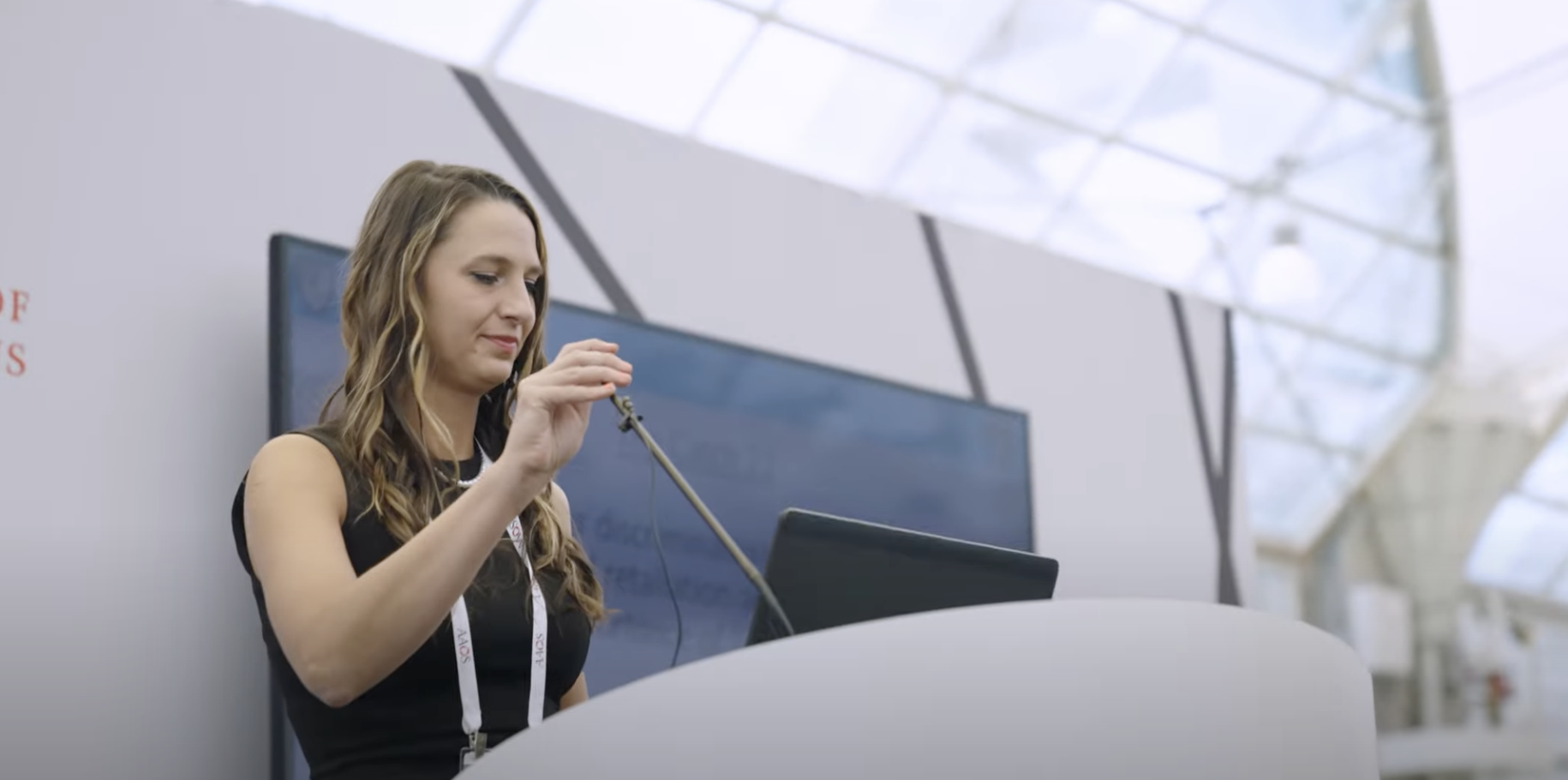
Speaker & Research
Selected Research Articles
Microaggressions, bullying, harassment, sexual harassment, and discrimination continue to be experienced by orthopaedic physicians in the workplace. Oftentimes, these behaviors go unreported because of fear of retaliation, and many perpetrators are not held accountable. This article provides examples of stories anonymously submitted to #SpeakUpOrtho on the topics of microaggressions, bullying/harassment, sexual harassment, discrimination…
Ankle cartilage lesions in the paediatric population are often found incidentally, and conservative management is typically preferred as the first-line treatment strategy. By comparison, surgical management in the paediatric patient is controversial but often reserved for patients with symptomatic and/or unstable lesions or in those who have failed primary nonsurgical management. However, there is a paucity of literature specific to the management of ankle cartilage lesions in the paediatric population, as much of the literature reports on adults…
The evidence supporting best practice guidelines in the field of cartilage repair of the ankle is based on both low quality and low levels of evidence. Therefore, an international consensus group of experts was convened to collaboratively advance toward consensus opinions based on the best available evidence on key topics within cartilage repair of the ankle. The purpose of this article is to report the consensus statements on "terminology for osteochondral lesions of the ankle" developed at the 2019 International Consensus Meeting on Cartilage Repair of the Ankle…
Purpose: To investigate the short-term clinical outcomes and satisfaction for the first set of patients at our institution receiving in-office needle arthroscopy (IONA) for the treatment of posterior ankle impingement syndrome (PAIS). Methods: A retrospective cohort study was conducted to evaluate patients who underwent IONA for PAIS between January 2019 and January 2021. Clinical outcomes were evaluated using the Foot and Ankle Outcome Score (FAOS) and Patient-Reported Outcomes Measurement Information System Pain Interference, and Pain Intensity scores…
Autologous osteochondral transplantation (AOT) is used in the treatment of osteochondral lesions (OCL) of the talus. The purpose of this study was to compare the differences in the presentation of talar OCLs and outcomes following AOT between male and female patients…
Bone marrow stimulation (BMS) is indicated for patients who have symptomatic osteochondral lesions of the talus (OLT). Despite differences in ankle biomechanics and cartilage morphology between men and women, there is scant evidence examining whether these differences affect surgical outcomes. The purpose of this study was to compare the outcomes in men and women following BMS for OLTs…
Complex distal radius fractures often involve a fragment of the volar-ulnar articular surface and the radial styloid. The volar ulnar corner of the distal radius is an important constraint to volar translation of the carpus and thus requires stable fixation to prevent wrist displacement. The traditional volar Henry approach often requires undue tension on the median nerve while retracting for access to the ulnar aspect of the radius…
Intravenous tranexamic acid (TXA) has been shown to reduce blood loss in patients undergoing total joint arthroplasty without systemic complications. There is limited evidence of its effectiveness in revision procedures. This study evaluated intravenous TXA effect on blood loss, transfusion rates, and length of hospital stay in revision joint replacement…
The increase in female participation in athletics over the past decade has been accompanied by an increase in injury rates as a result of higher demands placed on athletes. Although previous studies have shown that anatomic, biomechanical, hormonal, and psychological factors may play a role in differences between men and women that can influence injury risk in athletes, there is still a lack of understanding of sex-related mechanisms of injury, guidelines, and prevention strategies…
The purpose of this study was to provide an overview of the available evidence on peroneal tendon tears and the outcomes after surgical intervention. A systematic review of the literature was performed using MEDLINE, Embase, and Cochrane. Criteria for inclusion were clinical studies reporting outcomes after treatment for peroneal tendon tear within the last 10 years…
